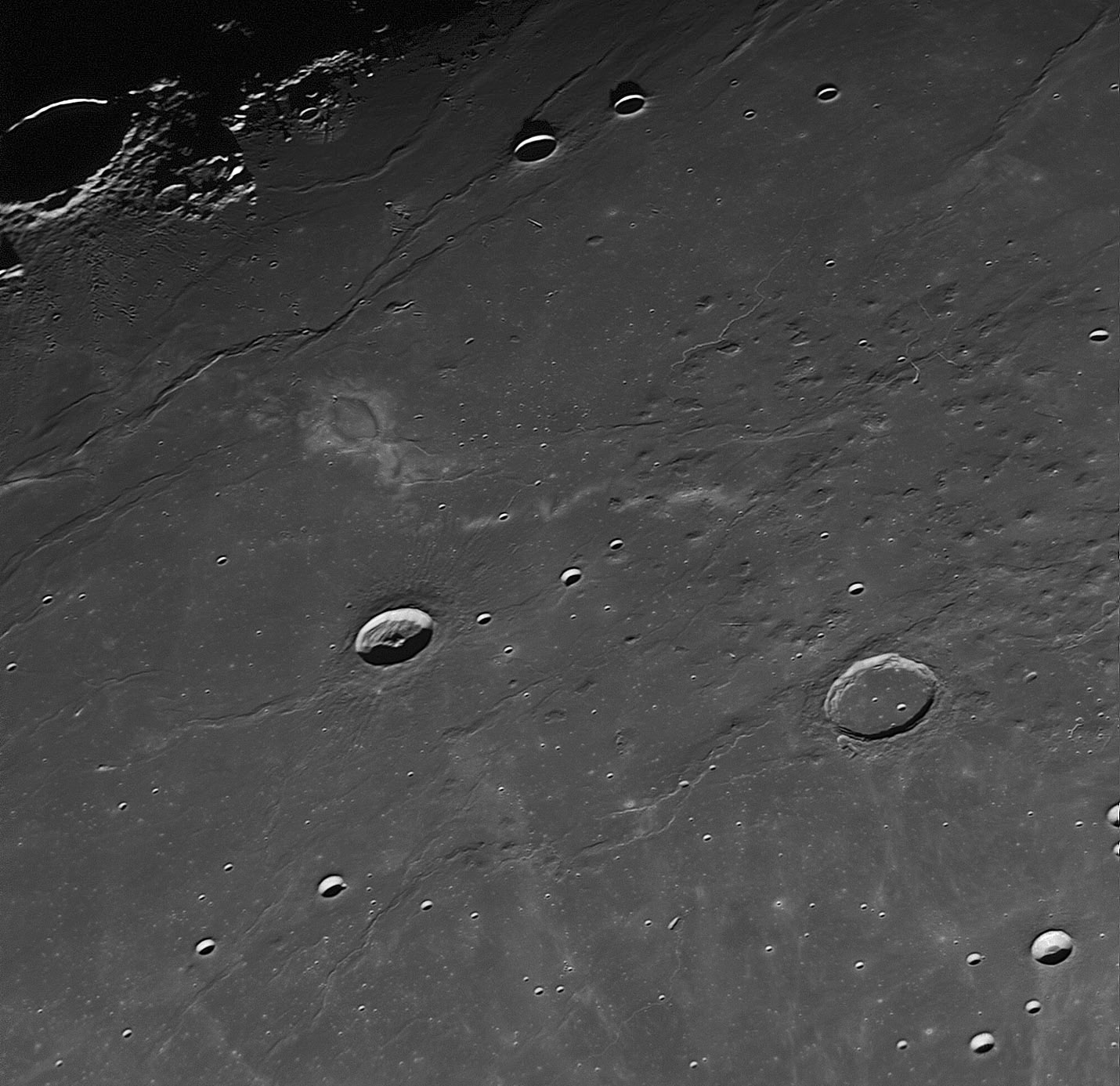Difference between revisions of "March 8, 2012"
| (5 intermediate revisions by the same user not shown) | |||
| Line 1: | Line 1: | ||
__NOTOC__ | __NOTOC__ | ||
=Another One= | =Another One= | ||
| + | <!-- Start of content --> | ||
<!-- ws:start:WikiTextHeadingRule:0:<h1> --> | <!-- ws:start:WikiTextHeadingRule:0:<h1> --> | ||
<!-- ws:start:WikiTextLocalImageRule:6:<img src="/file/view/LPOD-Mar80-12.jpg/308889586/LPOD-Mar80-12.jpg" alt="" title="" /> -->[[File:LPOD-Mar80-12.jpg|LPOD-Mar80-12.jpg]]<!-- ws:end:WikiTextLocalImageRule:6 --><br /> | <!-- ws:start:WikiTextLocalImageRule:6:<img src="/file/view/LPOD-Mar80-12.jpg/308889586/LPOD-Mar80-12.jpg" alt="" title="" /> -->[[File:LPOD-Mar80-12.jpg|LPOD-Mar80-12.jpg]]<!-- ws:end:WikiTextLocalImageRule:6 --><br /> | ||
<em>image by [mailto:mwirths@starband.ne Michael Wirths], Baja California, Mexico</em><br /> | <em>image by [mailto:mwirths@starband.ne Michael Wirths], Baja California, Mexico</em><br /> | ||
<br /> | <br /> | ||
| − | We are all going to have to get bigger monitors (and I pity anyone who views LPOD on a smart phone). Mike's wonderful large image is full of delights, including the five rilles - I bet you can't find them all. Associated with all of these rilles are elongated vents, and other vents lacking rilles are visible north of the head of Reiner Gamma. While in this area, notice the parallel mare ridges that look like frozen waves heading towards a shore along the terminator. The many domes of the Marius Hills are also beautifully depicted, including some with summit collapses. No, its not all these volcanic landforms that delight me it is the crater Reiner. What do you see unusual at Reiner (the big crater near Gamma)? I see that the ridges and gullies of Reiner's continuous ejecta deposit are not equally distributed in all directions. As discussed [http://lpod. | + | We are all going to have to get bigger monitors (and I pity anyone who views LPOD on a smart phone). Mike's wonderful large image is full of delights, including the five rilles - I bet you can't find them all. Associated with all of these rilles are elongated vents, and other vents lacking rilles are visible north of the head of Reiner Gamma. While in this area, notice the parallel mare ridges that look like frozen waves heading towards a shore along the terminator. The many domes of the Marius Hills are also beautifully depicted, including some with summit collapses. No, its not all these volcanic landforms that delight me it is the crater Reiner. What do you see unusual at Reiner (the big crater near Gamma)? I see that the ridges and gullies of Reiner's continuous ejecta deposit are not equally distributed in all directions. As discussed [http://www2.lpod.org/wiki/February_22,_2012 recently] such uneven distribution suggests oblique impact. As I checked for other images to compare I discovered that a year ago another LPOD [http://www2.lpod.org/wiki/January_25,_2011 image] led to the same speculation. The only alternative explanation is that lava flows were erupted after the formation of Reiner, covering about half of the continuous ejecta. But there is no particular evidence for that so was Reiner another low to medium angle oblique impact?<br /> |
<br /> | <br /> | ||
<em>[mailto:tychocrater@yahoo.com Chuck Wood]</em><br /> | <em>[mailto:tychocrater@yahoo.com Chuck Wood]</em><br /> | ||
| Line 13: | Line 14: | ||
<br /> | <br /> | ||
<strong>Related Links</strong><br /> | <strong>Related Links</strong><br /> | ||
| − | Rükl plate [ | + | Rükl plate [https://the-moon.us/wiki/R%C3%BCkl_29 29]<br /> |
<br /> | <br /> | ||
| + | <p><b>Yesterday's LPOD:</b> [[March 7, 2012|Petrographic Map]] </p> | ||
| + | <p><b>Tomorrow's LPOD:</b> [[March 9, 2012|A Big DMD]] </p> | ||
<hr /> | <hr /> | ||
| − | + | {{wiki/ArticleFooter}} | |
| − | |||
| − | |||
| − | |||
| − | |||
| − | |||
| − | |||
| − | |||
| − | |||
| − | |||
| − | |||
| − | |||
Latest revision as of 08:32, 28 October 2018
Another One

image by Michael Wirths, Baja California, Mexico
We are all going to have to get bigger monitors (and I pity anyone who views LPOD on a smart phone). Mike's wonderful large image is full of delights, including the five rilles - I bet you can't find them all. Associated with all of these rilles are elongated vents, and other vents lacking rilles are visible north of the head of Reiner Gamma. While in this area, notice the parallel mare ridges that look like frozen waves heading towards a shore along the terminator. The many domes of the Marius Hills are also beautifully depicted, including some with summit collapses. No, its not all these volcanic landforms that delight me it is the crater Reiner. What do you see unusual at Reiner (the big crater near Gamma)? I see that the ridges and gullies of Reiner's continuous ejecta deposit are not equally distributed in all directions. As discussed recently such uneven distribution suggests oblique impact. As I checked for other images to compare I discovered that a year ago another LPOD image led to the same speculation. The only alternative explanation is that lava flows were erupted after the formation of Reiner, covering about half of the continuous ejecta. But there is no particular evidence for that so was Reiner another low to medium angle oblique impact?
Chuck Wood
Technical Details
18" Starmaster dob (Zambuto optics) a Lumenera Infinity 2-2 camera, 2.5X Televue Powermate barlow, an R/IR filter. Processed with AviStack and PS CS.
Related Links
Rükl plate 29
Yesterday's LPOD: Petrographic Map
Tomorrow's LPOD: A Big DMD
COMMENTS?
Register, Log in, and join in the comments.



